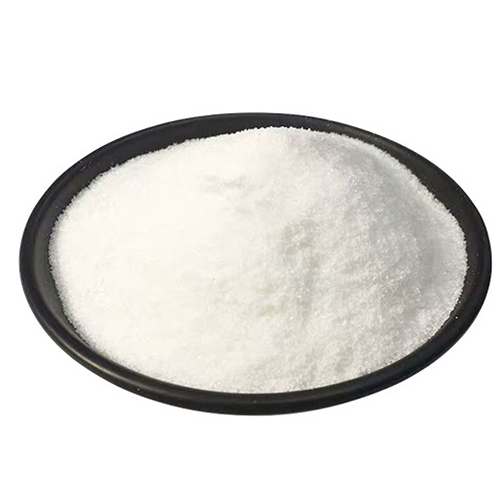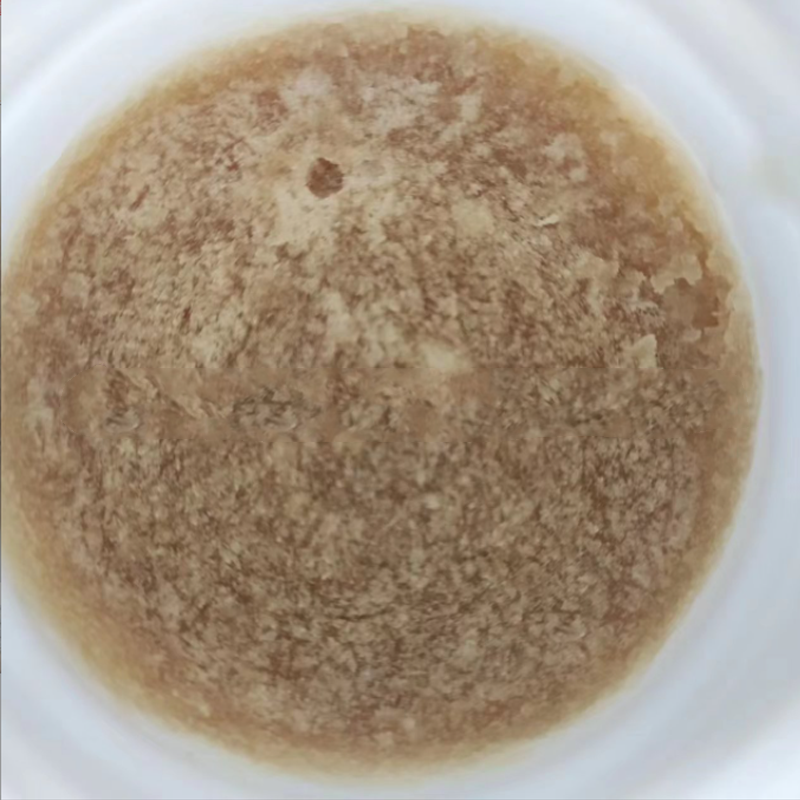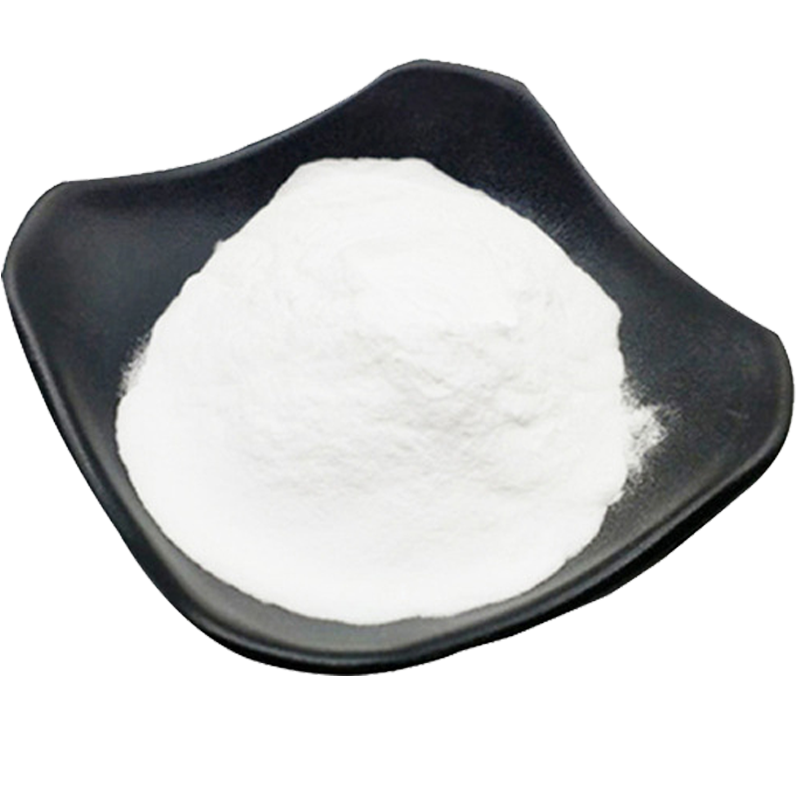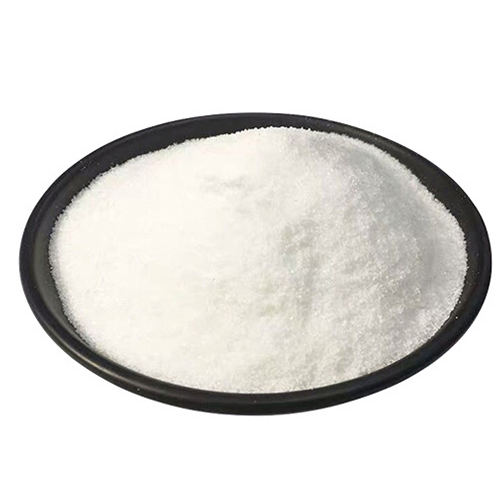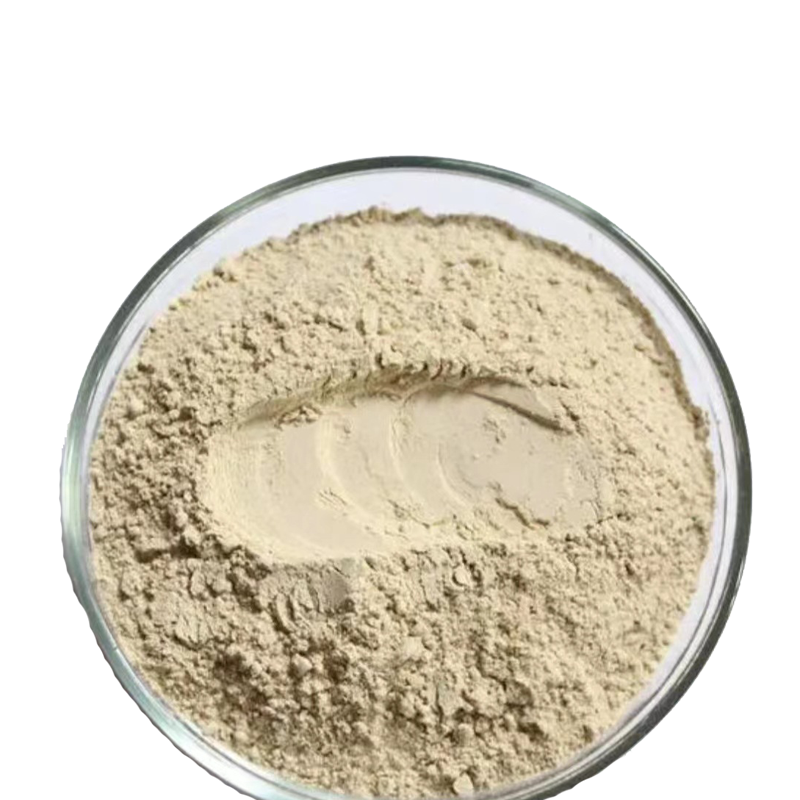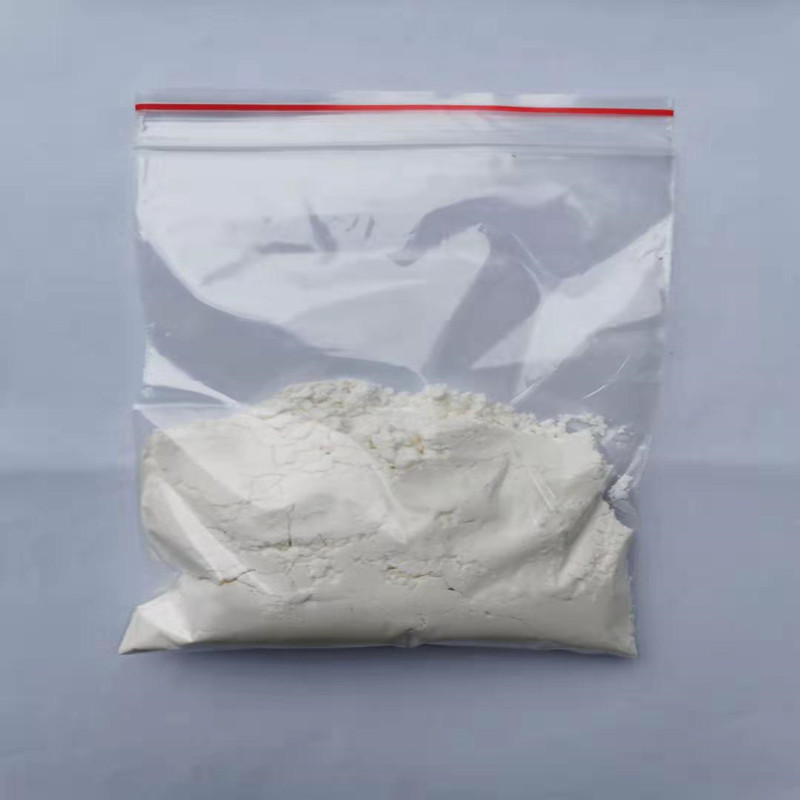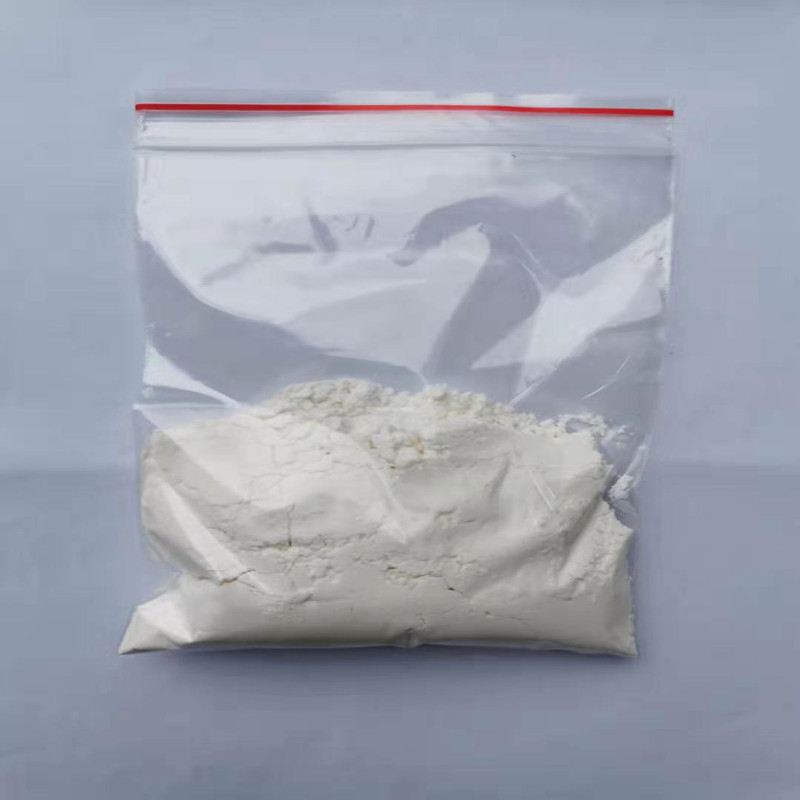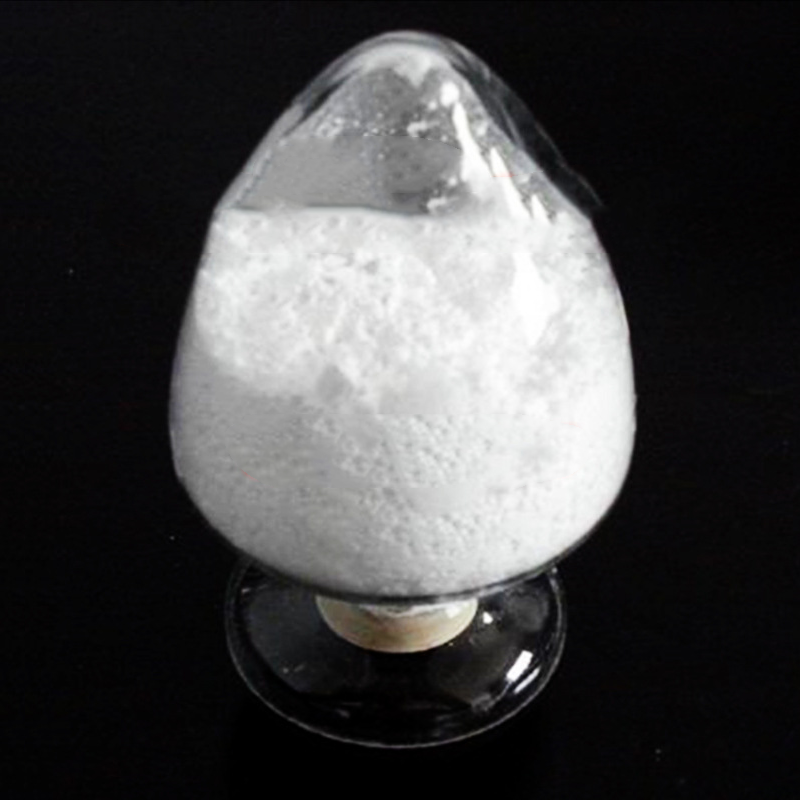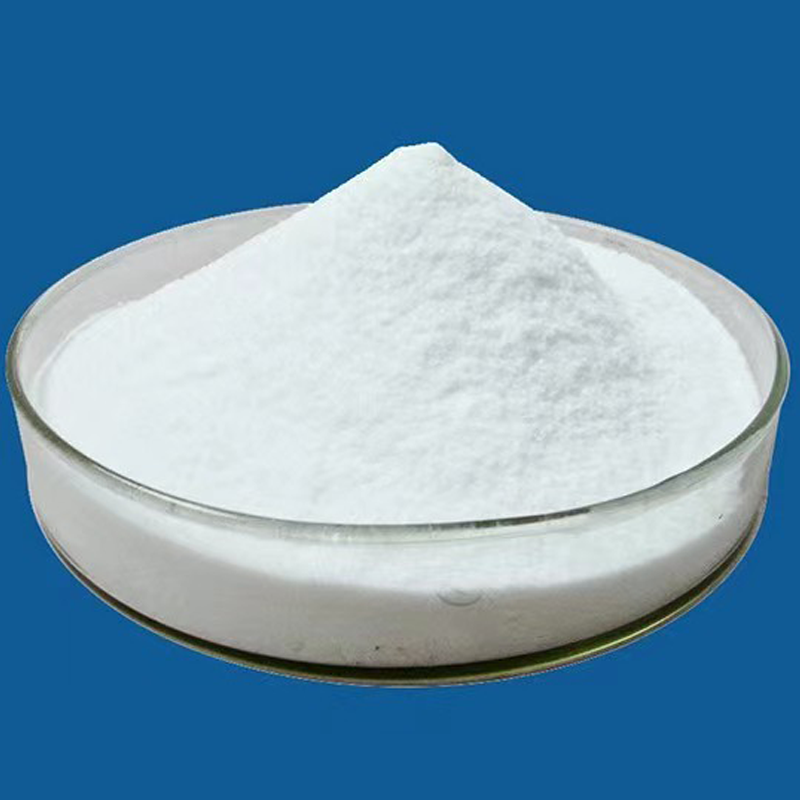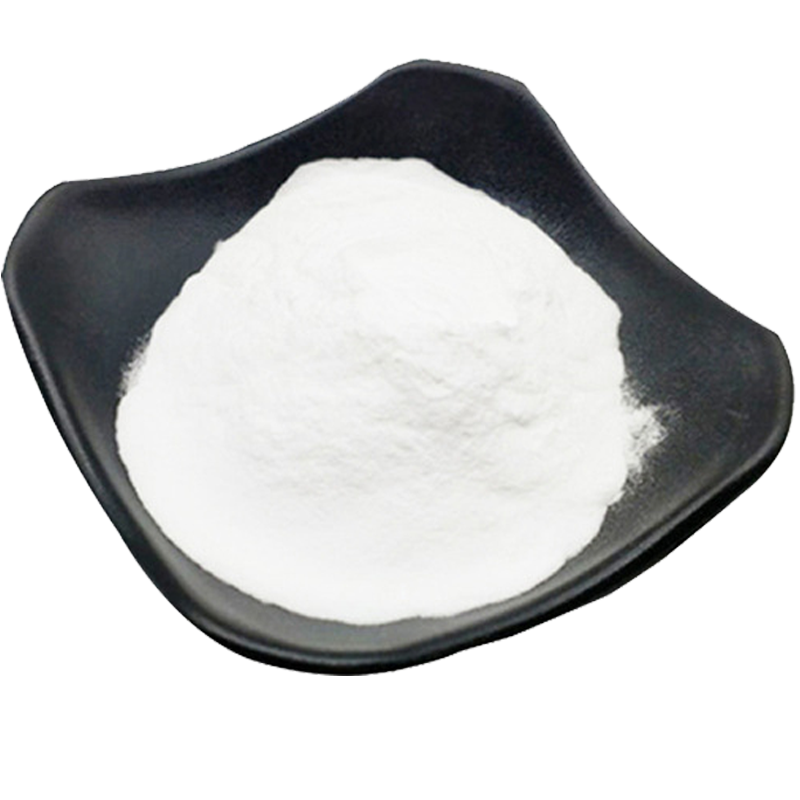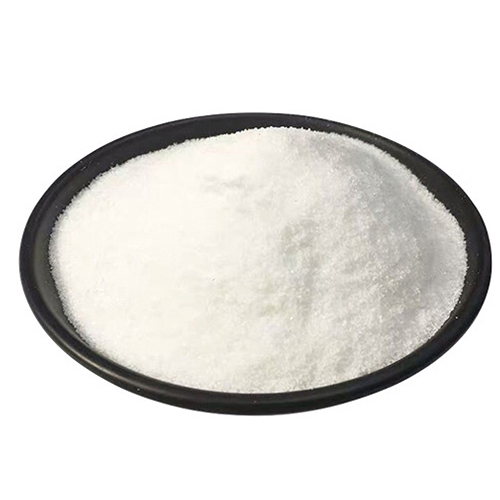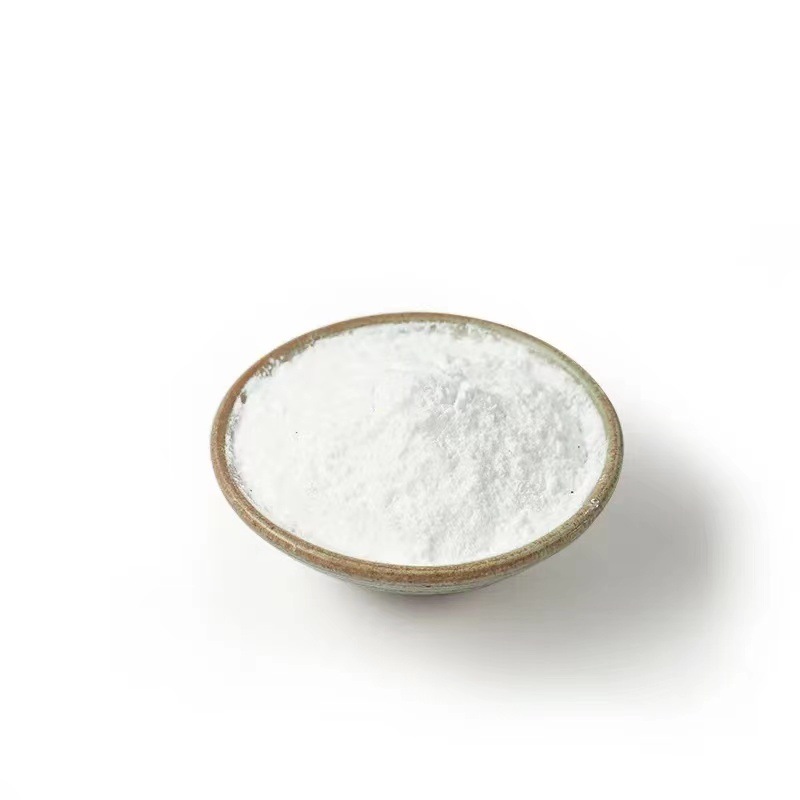Insecticide Clorpyrifos 97%TC Cas 2921-88-2
Chlorpyrifos is an organophosphate insecticide that is classified as a phosphorus ion. The oxo metabolites of chlorpyrifos are inhibitors of acetylcholinesterase (AChE), which affect the neurological function of insects, humans and other animals. Chlorpyrifos oxygenase (CPO) metabolites are hydrolyzed by plasma paraoxonase 1 (PON1), and overexpression of PON1 attenuates neurotoxic susceptibility associated with CPO exposure.
Learn More Get a QuoteInsecticide Diazinon 96%TC Cas 333-41-5
Diazinon is a non-systemic broad-spectrum insecticide .
Learn More Get a QuoteInsecticide Dinotefuran 98%TC Cas 165252-70-0
Dinotefuran, the active ingredient of the insecticide, has excellent characteristics such as high efficiency, broad spectrum, safety for birds and mammals, and good internal absorption and permeability.
Learn More Get a QuoteInsecticide Fipronil 95%TC Cas 120068-37-3
Fipronil is a new type of pyrazole insecticide.
Learn More Get a QuoteInsecticide FLONICAMID 96%TC Cas 158062-67-0
Flonicamid can effectively control piercing-sucking pests on a wide range of crops, especially aphids. Its novel mode of action has no cross-resistance with other insecticides currently on the market, and it is low in toxicity to bees.
Learn More Get a QuoteInsecticide Chlorfluazuron 96%TC Cas 71422-67-8
Chlorfluazuron is a fluorinated heterocyclic insecticide of the benzoylurea class.
Learn More Get a QuoteInsecticide Hexaflumuron 97%TC Cas 86479-06-3
Hexaflumuron is a benzoylphenylurea insecticide, mainly with stomach poison and contact killing effects.
Learn More Get a QuoteInsecticide BETA-CYPERMETHRIN 27%TC Cas 65731-84-2
BETA-CYPERMETHRIN belongs to a highly active and broad-spectrum chlorinated health insecticide.
Learn More Get a QuoteInsecticide Emamectin benzoate Cas 137512-74-4
Emamectin benzoate is a new, efficient, low-toxic, safe, non-polluting, and residue-free biological insecticide and acaricide.
Learn More Get a QuoteInsecticide METHOXYFENOZIDE 96%TC Cas 161050-58-4
Methoxyfenozide belongs to the biorational insect growth regulator class of insecticides. Methoxyfenozide is a broad-spectrum insecticide. It has a low aqueous solubility and a low volatility.
Learn More Get a QuoteInsecticide BIFENAZATE 97%TC Cas 149877-41-8
Bifenazate is a novel acaricide that is not affected by light, heat, and other factors. Bifenazate is a novel selective foliar spraying acaricides.
Learn More Get a QuoteInsecticide Bifenthrin 97%TC Cas 82657-04-3
Bifenthrin is a new type of neonicotinoid insecticide.
Learn More Get a QuoteWhat is Insecticide?
Insecticides are substances used to kill insects. They include ovicides and larvicides used against insect eggs and larvae, respectively. Insecticides are used in agriculture, medicine, industry and by consumers.
Features of Insecticide
Insecticides are pesticides that are formulated to kill, harm, repel or mitigate one or more species of insect. Insecticides work in different ways. Some insecticides disrupt the nervous system, whereas others may damage their exoskeletons, repel them or control them by some other means. They can also be packaged in various forms including sprays, dusts, gels, and baits. Because of these factors, each insecticide can pose a different level of risk to non-target insects, people, pets and the environment.
Practicing Integrated Pest Management can significantly reduce the amount of insecticides needed to control many insect problems.
Using more than one insecticide product in the same location can increase or decrease each one's effectiveness. It may also result in a greater risk to health and/or the environment.
Broad-spectrum insecticides are effective against all insects, even the good ones. Other insecticides target certain insects. Using a targeted insecticide minimizes the risk to beneficial or non-target insects.
Some insecticides work immediately to kill insects while others may need some time to take effect.
Insect growth regulators like pyriproxyfen and methoprene do not kill insects; they make it impossible for exposed insects to molt (grow) or lay eggs properly.
Insecticidal baits can be used instead of spraying large areas, especially for social insects like ants. This can decrease the risk of exposure, but remember to place baits where children and pets won't have access.
Applications of Insecticide
Pesticides are chemical compounds that are used to kill pests, including insects, rodents, fungi and unwanted plants (weeds). Over 1000 different pesticides are used around the world. Pesticides are used in public health to kill vectors of disease, such as mosquitoes, and in agriculture to kill pests that damage crops
Suppliers of Insecticide
Agripestcide is a professional agrochemical manufacturer, providing herbicides, insecticides, microbial fungicides, plant growth regulators and other products. If you are looking for Insecticides, please feel free to contact us for the latest price.

